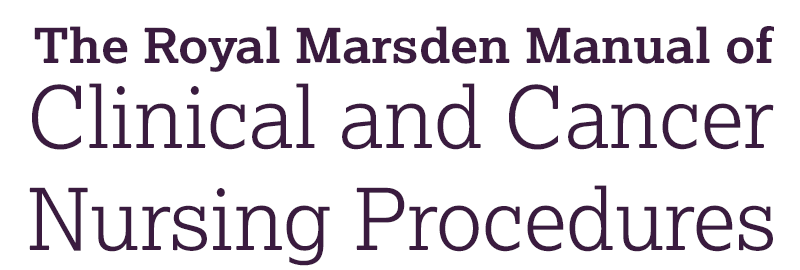Chapter 7: Moving and positioning
Skip chapter table of contents and go to main content
Positioning a patient: in a chair or wheelchair
Evidence‐based approaches
Rationale
Indications
The patient should sit out in a chair or wheelchair whenever possible to prevent chest infections, normalize blood pressure, allow the bodyweight to be distributed evenly over both hips and thighs, and increase their sitting tolerance and stamina. It will also encourage the patient to socialize and participate in their surroundings rather than being confined to bed, which will have an important impact on their psychological wellbeing (McDaniel and Browning [70], Szczygieł et al. [121]).
If the patient is assessed and identified as being at risk of pressure ulcers, they will require a pressure‐relieving cushion to distribute their weight evenly, prevent skin breakdown, and encourage sitting tolerance and improved posture. There are various types available and they are usually assessed for and provided by the occupational therapist, depending on the specific needs and requirements of the patient (NPUAP, EPUAP and PPPIA [92]).
Contraindications
The patient must be monitored regularly to ensure there is no risk of pressure ulcers developing. It is recommended that bony prominences and vulnerable areas of skin are monitored and recorded on a body chart or photographed to keep an accurate record (NPUAP, EPUAP and PPPIA [92]).
Procedure guideline 7.6





